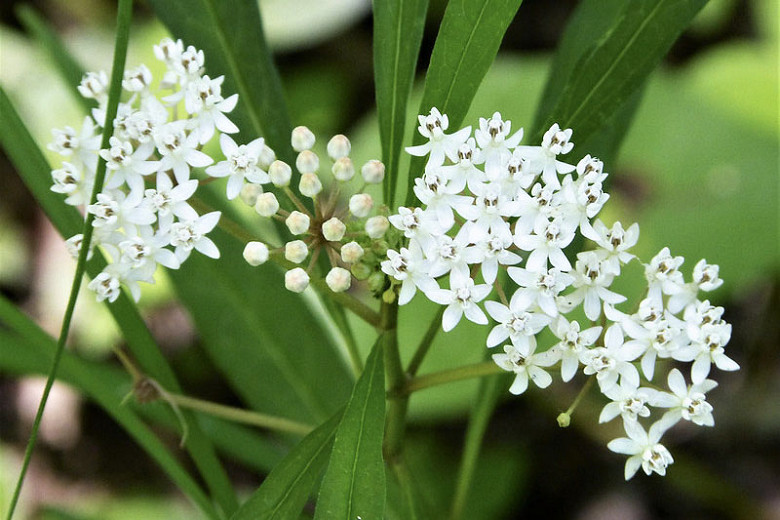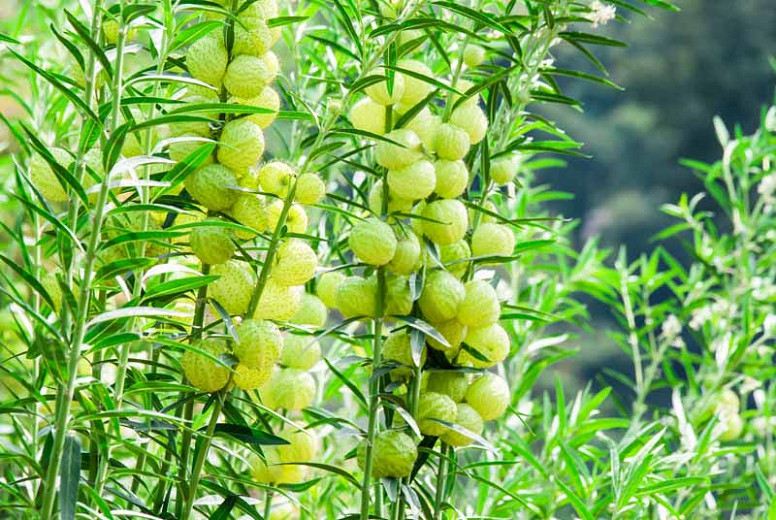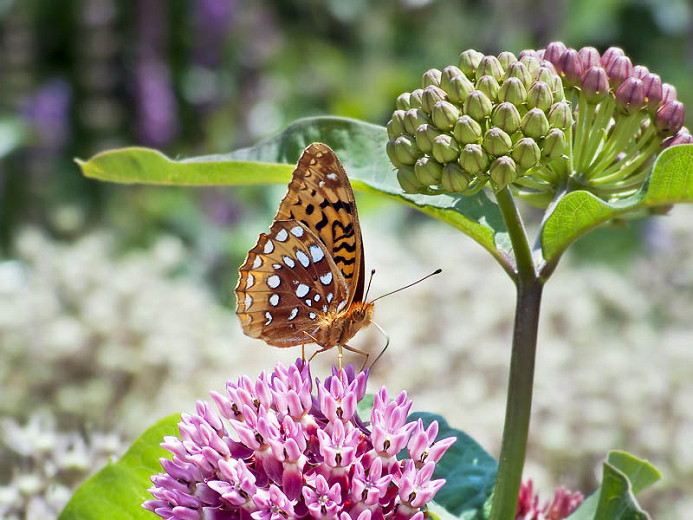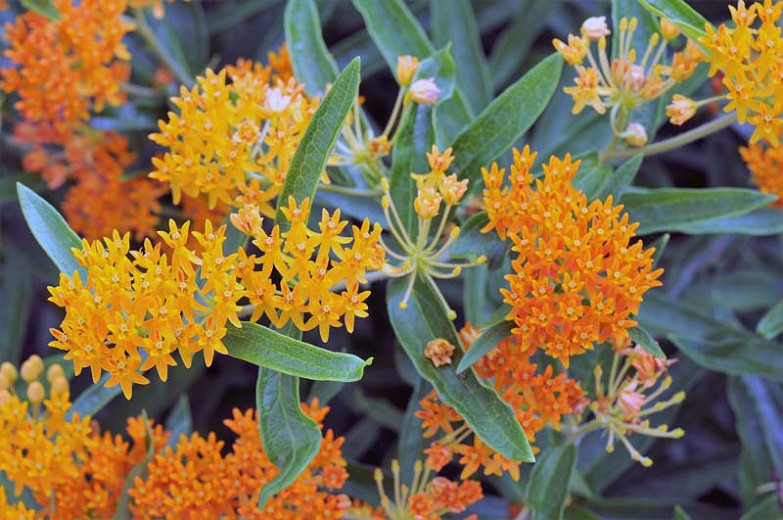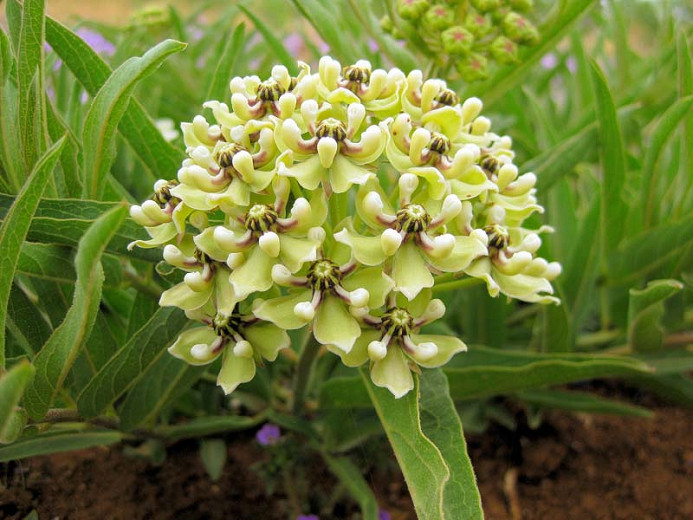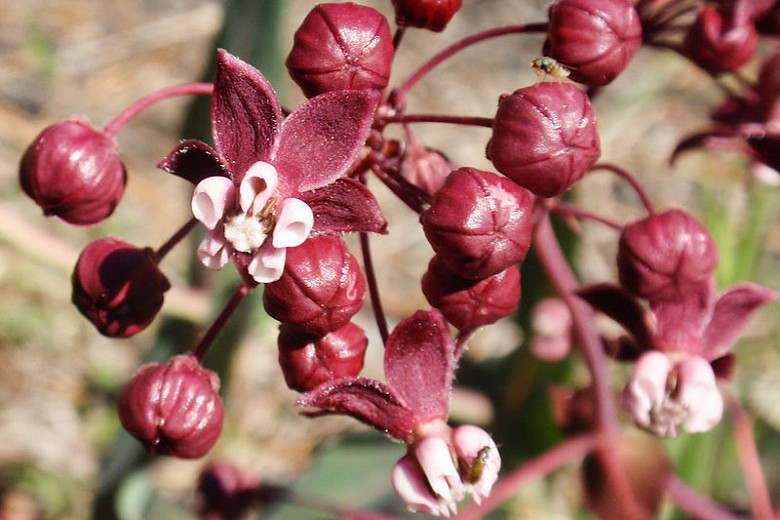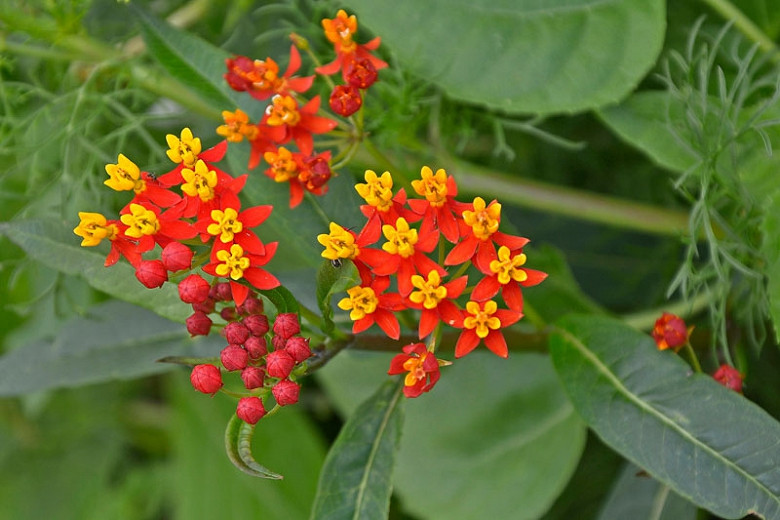Asclepias lanceolata (Fewflower Milkweed)
Asclepias lanceolata (Fewflower Milkweed) is an erect perennial wildflower prized for its umbels of 5-12 bright orange-yellow flowers adorned with a red corolla. Blooming for weeks from early to late summer, they sit atop long, slender purplish stems, clad with narrow, opposite, lanceolate leaves.
Asclepias lanceolata (Fewflower Milkweed) is an erect perennial wildflower prized for its umbels of 5-12 bright orange-yellow flowers adorned with a red corolla. Blooming for weeks from early to late summer, they sit atop long, slender purplish stems, clad with narrow, opposite, lanceolate leaves, up to 8 in. long (20 cm). The colorful umbels give way to seed pods that dry and split open as the fruit matures. Flowers are a great source of nectar for butterflies. Fewflower Milkweed is best suited for moist to wet landscapes.
Requirements
| Hardiness | 7 – 10 |
|---|---|
| Plant Type | Perennials |
| Plant Family | Asclepias |
| Exposure | Full Sun |
| Season of Interest | Summer (Early,Mid,Late) |
| Height | 2' – 3' (60cm – 90cm) |
| Spread | 1' – 2' (30cm – 60cm) |
| Spacing | 24″ (60cm) |
| Water Needs | Average, High |
| Maintenance | Low |
| Soil Type | Clay, Loam |
| Soil pH | Acid, Alkaline, Neutral |
| Soil Drainage | Moist but Well-Drained, Moisture Retentive, Poorly Drained |
| Characteristics | Showy |
| Native Plants | United States, Northeast, Delaware, Maryland, New Jersey, Southeast, Alabama, Florida, Georgia, Louisiana, Mississippi, North Carolina, South Carolina, Tennessee, Virginia, Southwest, Texas |
| Tolerance | Wet Soil |
| Attracts | Butterflies |
| Garden Uses | Beds and Borders, Bog Gardens, Ponds and Streams |
| Garden Styles | Informal and Cottage |


